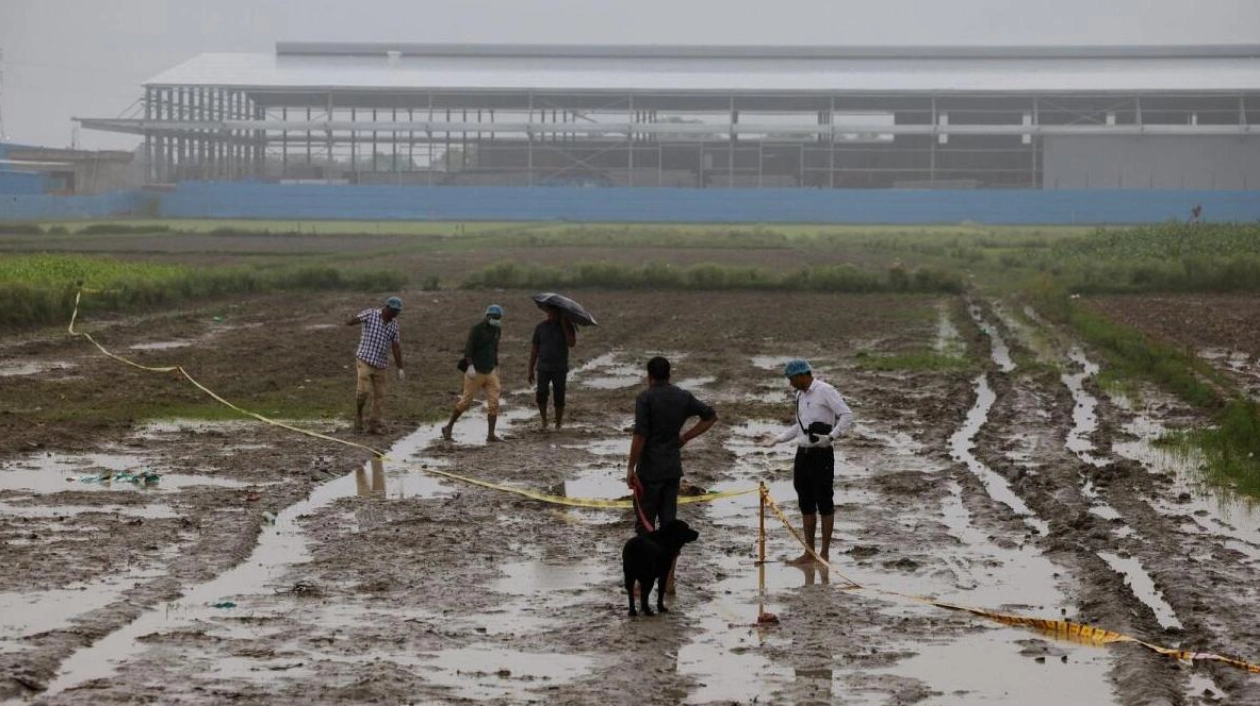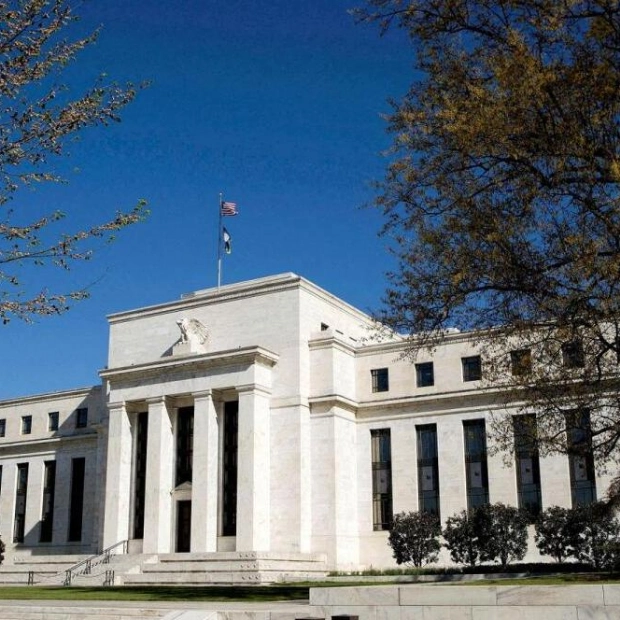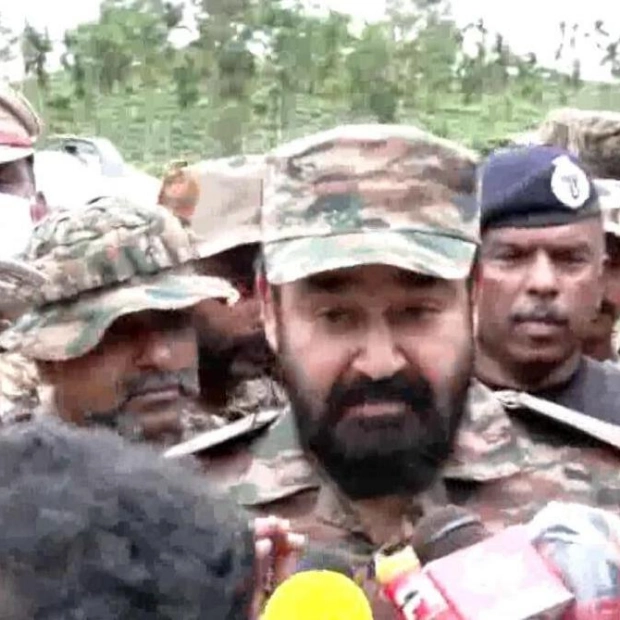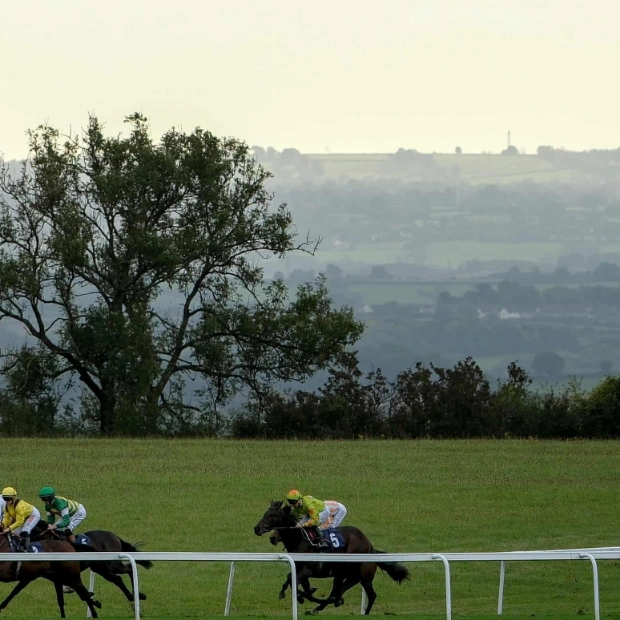The self-proclaimed Indian spiritual leader, whose recent sermon led to a fatal stampede, is not evading the police, according to his attorney who spoke to AFP on Thursday, but did not reveal the guru's current location. Bhole Baba's religious gathering close to the northern city of Hathras resulted in the deaths of 121 individuals, predominantly women, due to a surge towards the exits among the 250,000 followers who attended his sermon. The ex-police officer turned spiritual guide has not been publicly seen since the incident, although local media reports indicate he may have retreated to his nearby monastery, which has been secured by supporters to prevent public access. Baba's attorney, A.P. Singh, informed AFP that his client is not at fault for the tragedy that occurred on Tuesday and is not fleeing from authorities.
"There is no reason for him to hide. He has never hidden in his life," Singh stated. "He believes in the law. He is following police directions." The lawyer attributed the stampede to "anti-social elements" within the crowd and affirmed that Baba would cooperate with the police investigation into the disaster. "An investigation is going on. We will participate," he said. Singh did not disclose Baba's precise location to AFP, only confirming that he was still in the northern state of Uttar Pradesh, where his monastery in Mainpuri and the stampede site are located. A police chargesheet following the stampede listed several organizers of the prayer meeting for arrest, but Baba's name was not included. Approximately 20 police officers were stationed outside the monastery on Thursday but had not entered the extensive premises, which are also surrounded by a 15-foot-high wall.
India is home to numerous religious gurus or "godmen," whose followers seek miracles from them and donate money and possessions as a sign of loyalty. Baba, whose whereabouts are currently unknown, was little known to the broader Indian public before the disaster. However, in his home state of Uttar Pradesh, he had amassed a large following, mostly women from impoverished and marginalized backgrounds. Authorities had only authorized 80,000 people to attend the sermon, far less than the actual turnout. Officials initially attributed the panic to a dust storm, but police later suggested that the stampede started when "followers began to gather earth" from the ground where the preacher had walked. One of Baba's devoted followers, standing outside the locked monastery's gates to express support, told AFP that the blame for the stampede rested with the preacher's audience.
"They were told to sit quietly and leave in an orderly fashion. What was the need to create a stampede?" questioned Rishipal Chaudhary, 40. "These deaths are the fault of those who died and their family members." Chaudhary expressed anticipation for Baba's public reappearance and expected an even larger crowd than at the previous sermon to show their support. "He cured my disease when no doctor or medicine could," he said. "He will open these gates whenever he feels like. If you think he can't see or hear what everyone is doing, you are wrong."






